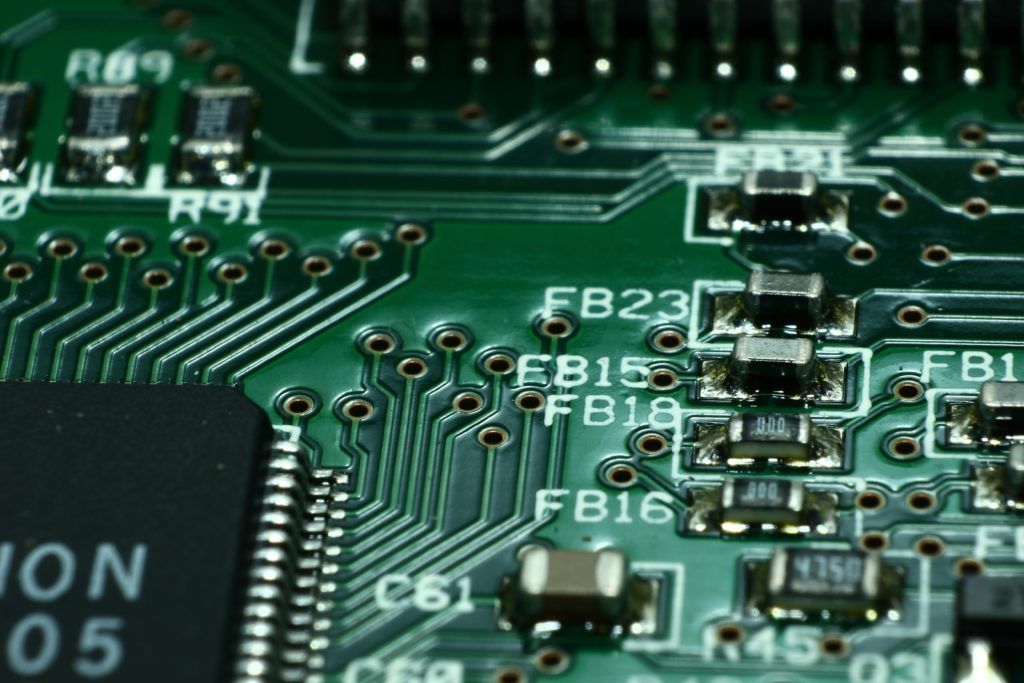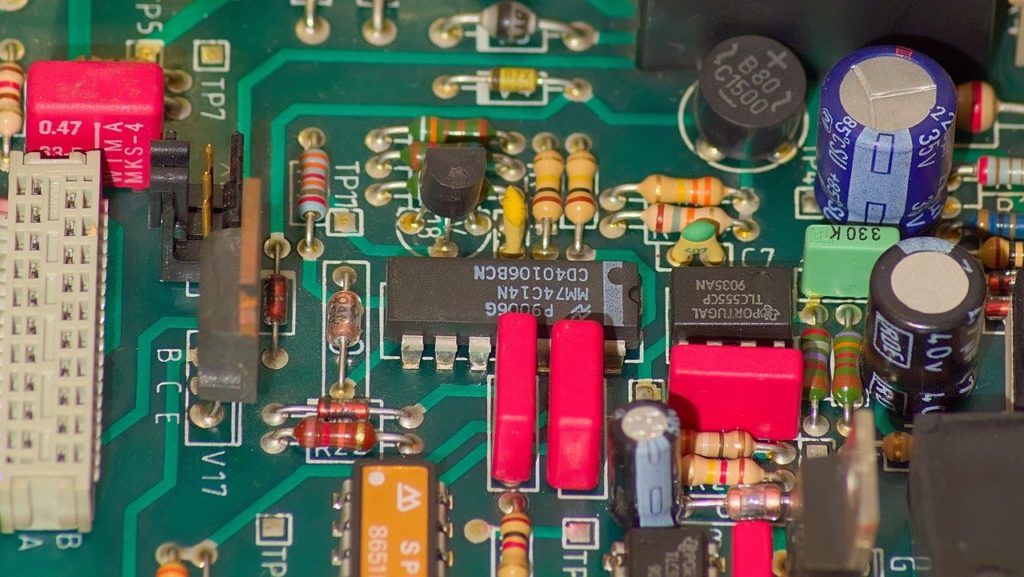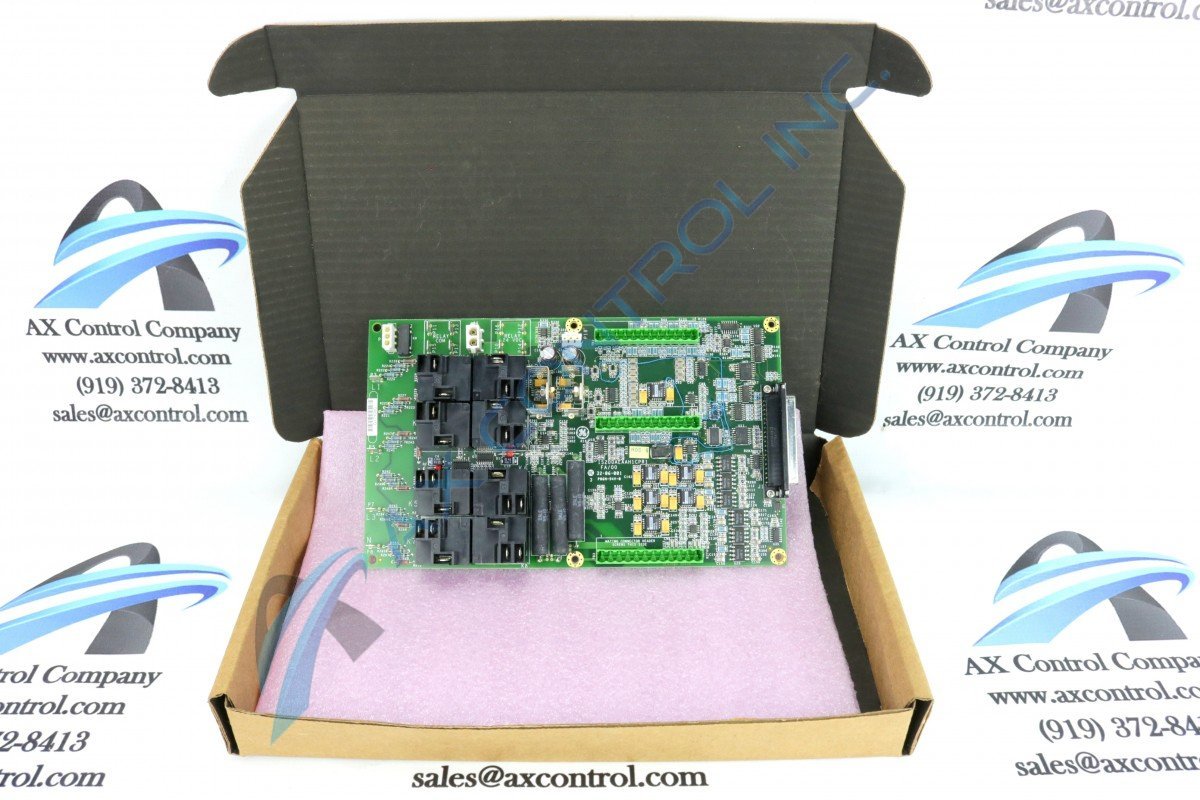
If you’ve ever tried to work on your own PCBs, or printed circuit boards, you may have experienced the frustration of looking at a part and not knowing exactly what it is. After working with thousands of PCBs, we understand.
Luckily, there are resources that can help. In fact, lots of them. But they’re scattered all over. And many of the best aren’t even available online anymore unless you know how to use some special tools (Wayback Machine to the rescue!)
But rather than complain about this state of affairs, we decided to create our own tutorial to fix it. Bonus: you benefit, too.
Here’s our printed circuit board component tutorial, with lots of information and pictures to help you identify those individual parts.
Printed Circuit Boards: the Basics
Printed circuit boards are typically made from laminated composite material. This non-conductive substrate sandwiches copper circuitry that actually makes up the circuits the boards are named after.
substrate: /ˈsəbˌstrāt/; an underlying substance or layer.
mudcoders.com
These copper circuits, also known as signal traces, electrically connect and mechanically support other mounted components on the board.
Continue reading “How To Identify Components on Printed Circuit Boards”


You must be logged in to post a comment.